Ahmedabad's Architectural Treasures Unveiled
Experience a unique 2-hour exploration of Ahmedabad's rich heritage, featuring iconic landmarks and vibrant culture on this engaging walking tour.
Time
2 Hours
Stops
6 Places
Distance
2.1 km
Sidi Saiyyed Mosque
Begin your tour with a visit to the Sidi Saiyyed Mosque, renowned for its intricate stone lattice work, particularly the iconic "Tree of Life" window, symbolizing the city's rich Islamic architectural heritage.
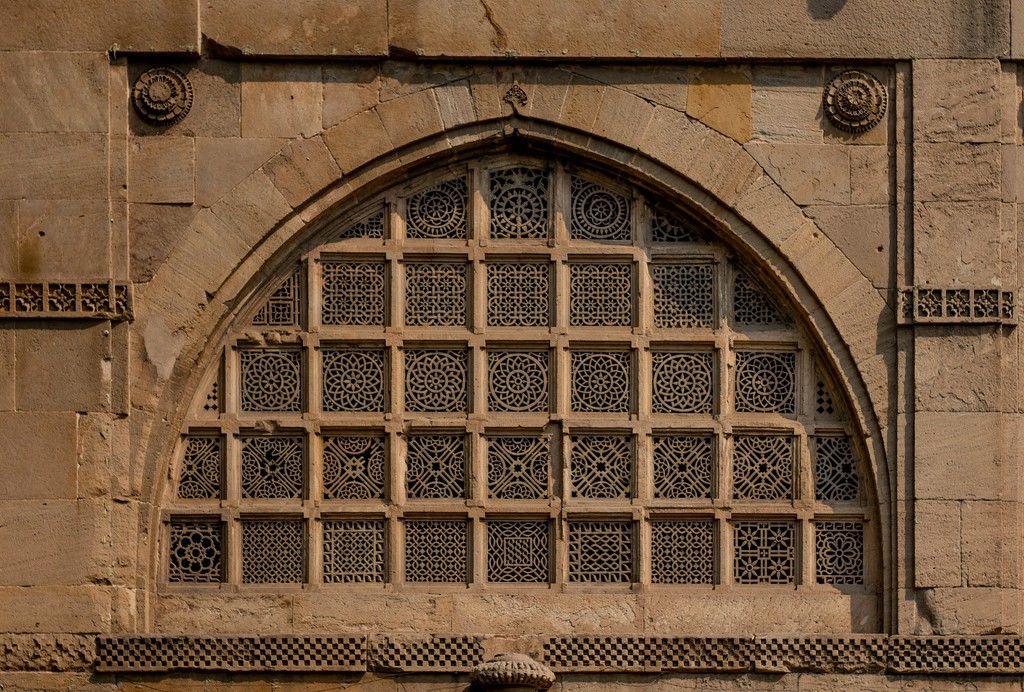
Sidi Saiyyed Mosque (Source: Google Maps)
The Sidi Saiyyed Mosque, built in 1573, is an exemplary piece of Indo-Islamic architecture located in Ahmedabad. It is renowned for its intricate stone lattice work, particularly the iconic 'Tree of Life' window that has become a symbol of the city. This masterpiece showcases the skill of the artisans of that era, featuring delicate patterns that allow light to filter through while maintaining privacy. The mosque was constructed by Sidi Saiyyed, a slave of the Sultan of Gujarat, and represents the zenith of Islamic architecture in the region. The mosque's serene ambiance and unique design attract both locals and tourists, making it a must-visit landmark in Ahmedabad.
Bhadra Fort
A short walk from the mosque, Bhadra Fort is a historical fortification known for its impressive gates and the beautiful Bhadrakali Temple within its premises, showcasing the city's blend of Hindu and Islamic influences.
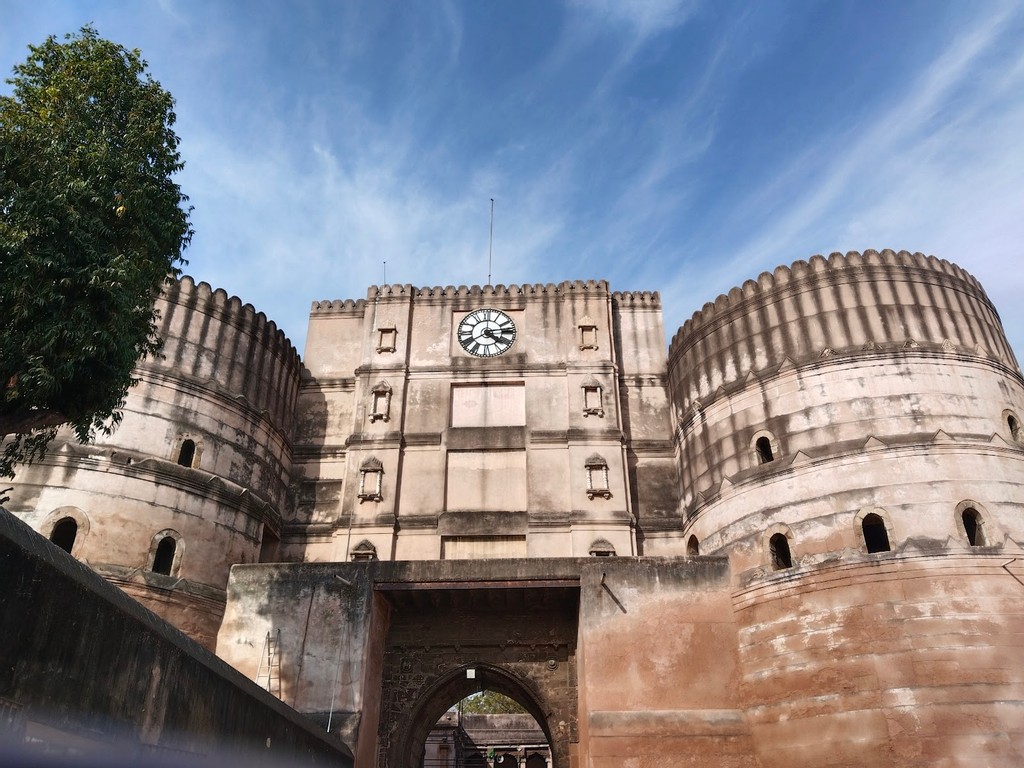
Bhadra Fort (Source: Google Maps)
Bhadra Fort, built in 1411 by Sultan Ahmed Shah, is a significant historical fortification in Ahmedabad. The fort is characterized by its impressive gates, particularly the Bhadra Gate, and the beautiful Bhadrakali Temple situated within its walls. This fort served as the royal residence and a strategic military stronghold during its heyday. The architecture reflects a blend of Hindu and Islamic styles, showcasing the cultural synthesis prevalent in the region. Over the years, Bhadra Fort has witnessed numerous battles and changes in rule, making it a testament to the city’s rich history. Today, it stands as a symbol of Ahmedabad's heritage, attracting visitors who are eager to learn about its storied past.
Jama Masjid
Start the second hour at Jama Masjid, one of Ahmedabad's most significant mosques, known for its harmonious blend of Hindu and Muslim architectural styles and its peaceful courtyard.
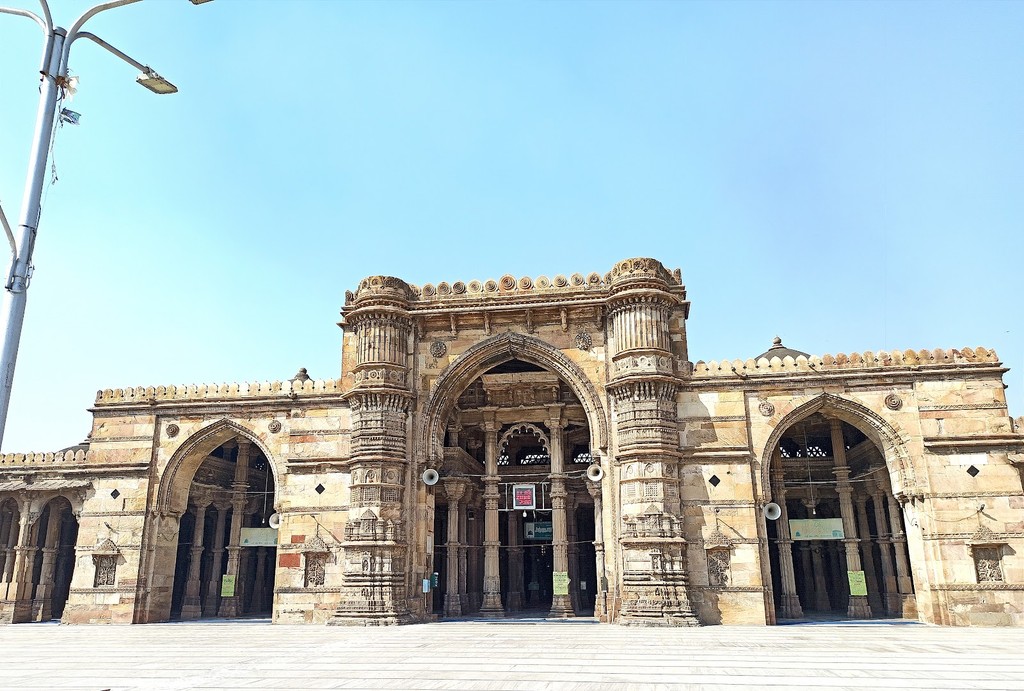
Jama Masjid (Source: Google Maps)
Jama Masjid, constructed in 1424, is one of the most significant mosques in Ahmedabad, known for its architectural grandeur and historical importance. The mosque features a harmonious blend of Hindu and Islamic architectural styles, characterized by its striking minarets and intricately carved pillars. The vast courtyard can accommodate thousands of worshippers, making it a central place of prayer and community gatherings. The mosque's design reflects the artistic influences of the time, showcasing exquisite motifs and calligraphy. As a prominent religious site, Jama Masjid also serves as a cultural hub, where visitors can appreciate the serenity of the surroundings and the vibrant life of the city. Its historical significance and architectural beauty make it an essential stop on any tour of Ahmedabad.
Rani no Hajiro
Just a short walk away, explore Rani no Hajiro, a historical market area famous for its textiles and traditional garments, offering a glimpse into the city's vibrant trade culture.
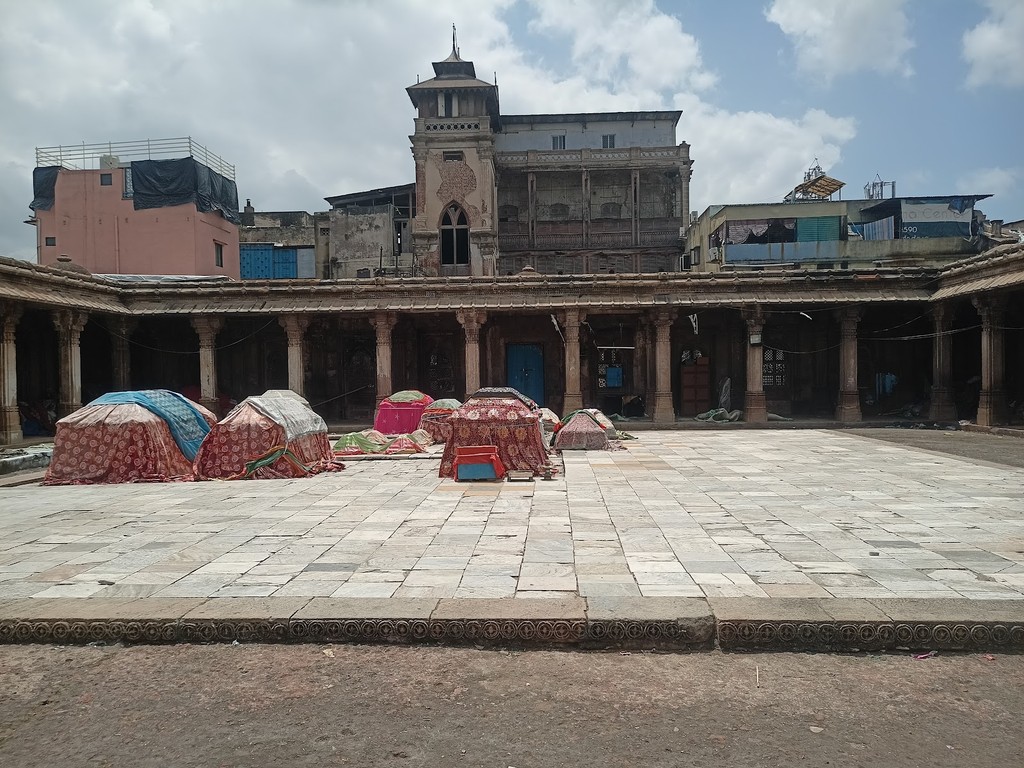
Rani no Hajiro (Source: Google Maps)
Rani no Hajiro, translating to 'the Queen's Tomb', is a historical market area in Ahmedabad that offers a glimpse into the city's vibrant trade culture. This bustling marketplace is famous for its textiles and traditional garments, attracting shoppers and tourists alike. The area is steeped in history, with connections to the royal families of Gujarat, and it features various shops selling an array of local handicrafts, jewelry, and fabrics. The lively atmosphere, filled with the sounds of bargaining and chatter, reflects the rich cultural tapestry of Ahmedabad. Rani no Hajiro not only serves as a shopping destination but also as a cultural landmark, showcasing the city's enduring legacy of craftsmanship and commerce.
Manek Chowk
Conclude the first hour at Manek Chowk, a bustling city square that transforms from a jewelry market by day to a vibrant street food haven by night, offering a taste of local flavors.
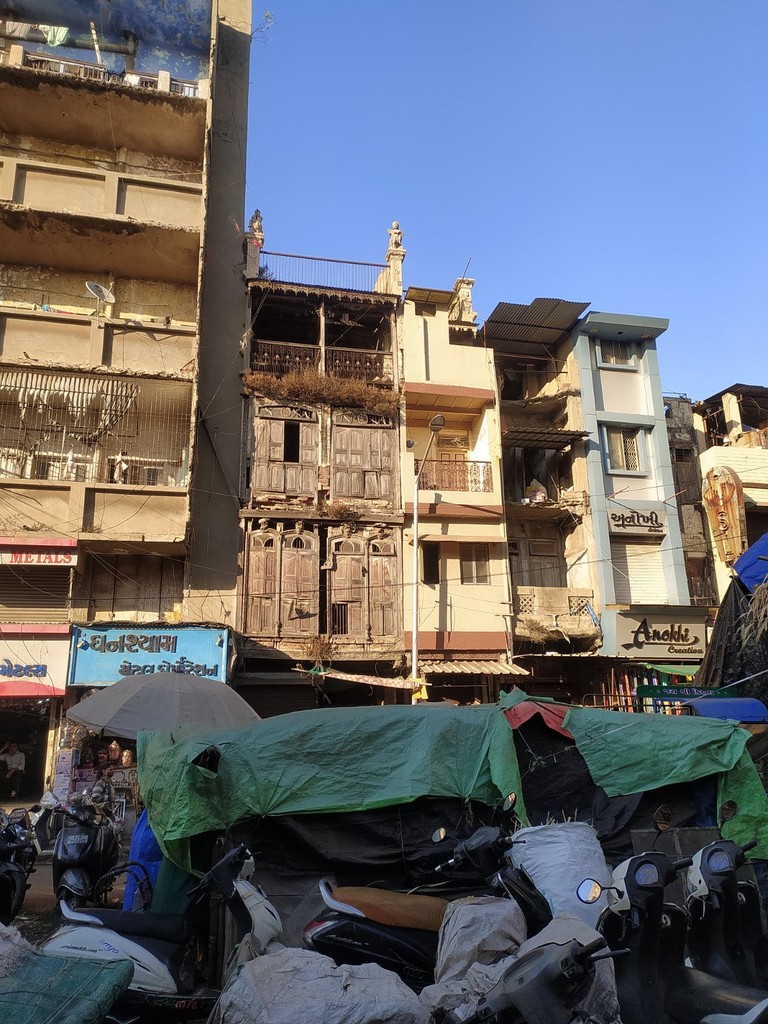
Manek Chowk (Source: Google Maps)
Manek Chowk is a bustling city square in Ahmedabad that transforms its character throughout the day. By day, it operates as a jewelry market, where local artisans and traders display their exquisite creations. As dusk falls, the square morphs into a vibrant street food haven, drawing food lovers from all over the city. Visitors can indulge in a variety of local delicacies, from mouthwatering snacks to traditional sweets, making it a gastronomic delight. The square is also surrounded by historical structures, adding to its charm and significance. Manek Chowk is not just a market; it is a cultural experience that encapsulates the essence of Ahmedabad's culinary and commercial life.
Lucky Tea Stall
End your tour with a unique experience at Lucky Tea Stall, famous for serving tea amidst centuries-old graves, a quirky spot that reflects Ahmedabad's unique blend of history and modernity.
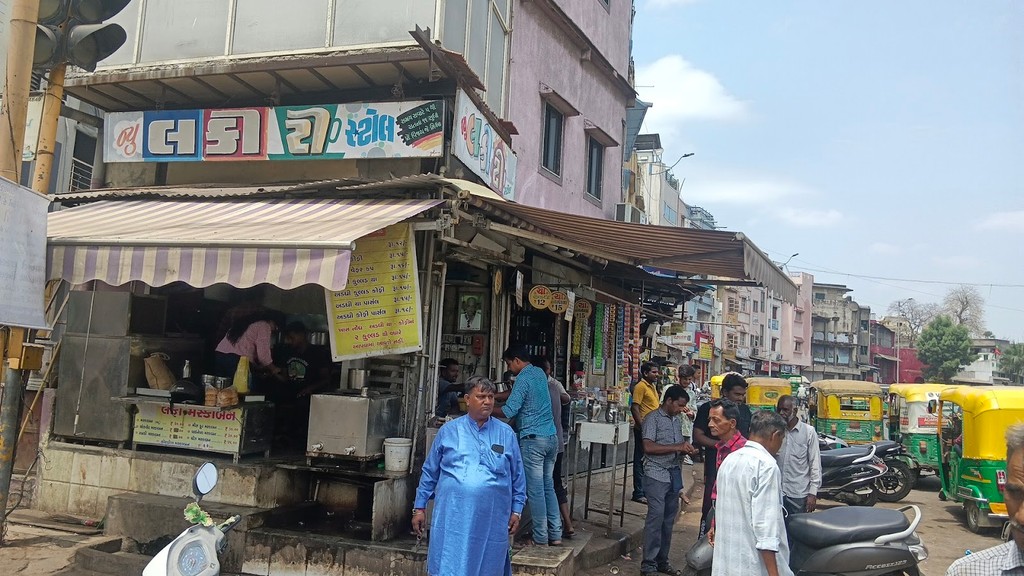
Lucky Tea Stall (Source: Google Maps)

Your travels, your rules.
Create your own Free Walking Tours.
Set your preferences, distances and anything you want to do or see.
Completely free, no payment required.